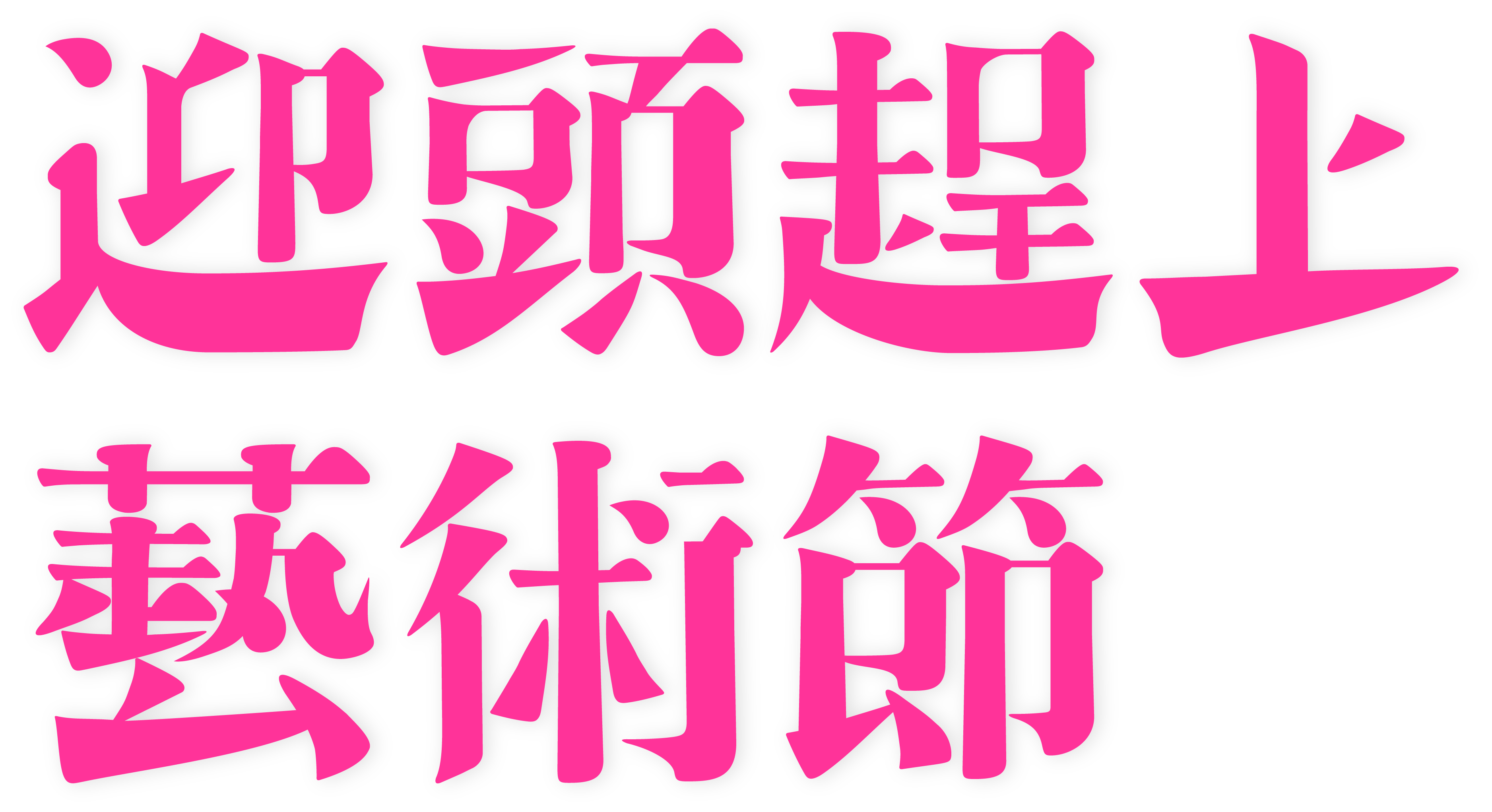When and when not to use Redux LogRocket Blog
Accidentally mutating or modifying your state directly is by far the most common reason why components do not re-render after an action has been dispatched. Redux expects that your reducers will update their state “immutably”, which effectively means always making copies of your data, and applying your changes to the copies. If you return the same object from a reducer, Redux assumes that nothing has been changed, even if you made changes to its contents.
While Redux has many helpful features, that does not mean you should add Redux to all of your apps. For medium- and large-scale apps, debugging takes more time then actually developing features. Redux DevTools makes it easy to take advantage of all Redux has to offer.
redux
Next, we have created a reducer called cartReducer which takes the state (with the default initial state) and the action as parameters. It switches on the action type, and then whichever case matches with the dispatched action type, it makes the necessary update and returns the fresh new version of the updated state. Whenever an action is dispatched, all the reducers are activated.
Each component can access the stored state without having to send down props from one component to another. While it’s mostly used as a state management tool with React, you can use Redux with any other JavaScript framework or library. It’s lightweight at 2KB (including dependencies), so you don’t have to worry about it making your application’s asset size bigger. Redux is an Open Source Library which provides a central store, and actions to modify the store.
Share
This works well for applications with few components, but as an application grows larger, managing states shared across components becomes a hassle. The simplest way to pass data from a parent to a child in a React Application is by passing it on to the child’s props. But an issue arises when a deeply nested child requires data from a component higher up in the tree.
Redux Toolkit is our recommended approach for writing Redux logic. It contains packages and functions that we think are essential for building a Redux app. Redux Toolkit builds in our suggested best practices, simplifies most Redux tasks, prevents common mistakes, and makes it easier to write Redux applications. For example, to share data among siblings in React, a state has to live in the parent component.
Day 7: Building a React Project
The store is a “container” (really, a JavaScript object) that holds the application state, and the only way the state can change is through actions dispatched to the store. Now imagine what happens when a state has to be shared between components that are far apart in the component tree. Basically, the state will have to be lifted up to the nearest parent component and upwards until it gets to the closest common ancestor of both components that need the state, and then it is passed down. This makes the state difficult to maintain and less predictable. Most libraries, such as React and Angular, are built with a way for components to internally manage their state without the need for an external library or tool.
The Array.reduce() method lets you take an array of values, process each item in the array one at a time, and return a single final result. The modern React context API is simpler, more efficient than before and comes with hooks support. In most cases, wrapping your application state in a context is all you need to access it anywhere in what is redux your app. Too many props are being passed through multiple hierarchies of
components. When the app first loads, often information about the user needs to be shared with various components in the titlebar and each page. It’s likely these components don’t have any direct relationship so Redux provides a convenient way to share state.
Step 4: Subscribing to state changes
It can be used with any project using JavaScript or TypeScript, but since we are comparing it to Context API, so we will stick to React-based Applications. It’s important to consider the complexity and specific requirements of your project when deciding whether to use Redux or the Context API. Both approaches have their strengths and choosing the right one will depend on the scale, nature, and goals of your application. You may have noticed that when describing the React Context API, we needed to wrap our content in a Consumer component, then pass a function as a child so that we could access or consume our state. On the other hand, with React Hooks and the useContext API, there is no need to install external libraries or add a bunch of files and folders to make our app work.
- Once you understand the core concepts covered here, you’ll understand how to use Redux Toolkit more efficiently.
- They are particularly suitable for smaller applications or cases where the complexity of Redux might not be necessary.
- This makes it a much simpler, more straightforward approach to handling global state management in React applications.
- If a model can update
another model, then a view can update a model, which updates another
model, and this, in turn, might cause another view to update.
With React’s Context API, you deal with a pair of components speaking only to each other. You also have the flexibility of how you may use the data with your components, i.e., you can provide the state of a parent component, and you may pass context data as props to wrapped components. Early Redux documentation advised that you should only have a few connected components near the top of your component tree. Be careful to not make your custom shouldComponentUpdate() more expensive than the rendering itself! Always use a profiler to check your assumptions about performance.
Redux reducers
Since reducers typically initialize and live throughout the session, they can cache the page state so things remain the same. Yet, you don’t always need Redux to manage the state of your application. We can listen for the click event and dispatch a new action to the Redux store, which contains the reducer. We’ll create a simple webpage that allows you to increase or decrease a counter in the state using plus and minus buttons. We’ll use a single index.html document that contains a script tag with all the necessary code. A “store” is a container that holds your application’s global state.
You are referring to a style of Redux there that is not the recommended style of writing Redux for over two years now. Modern Redux looks very differently and is about 1/4 of the code. It does not use switch..case reducers, ACTION_TYPES or createStore and is a lot easier to set up than what you are used to. When we need to manipulate our state, we’ll call the dispatch method and pass in an object with the desired type as its argument.
You’ll also have a better understanding of how using Redux fits into a React app, and why Redux can be useful. If you’re going to use Redux you should know how functional programming works. Redux was built on the principles of functional programming and understanding functional programming concepts will give you insight on how Redux operates the way it does. With only one source of truth present (the store), you’ve got little problems with syncing your current state with actions and other parts of the application.

